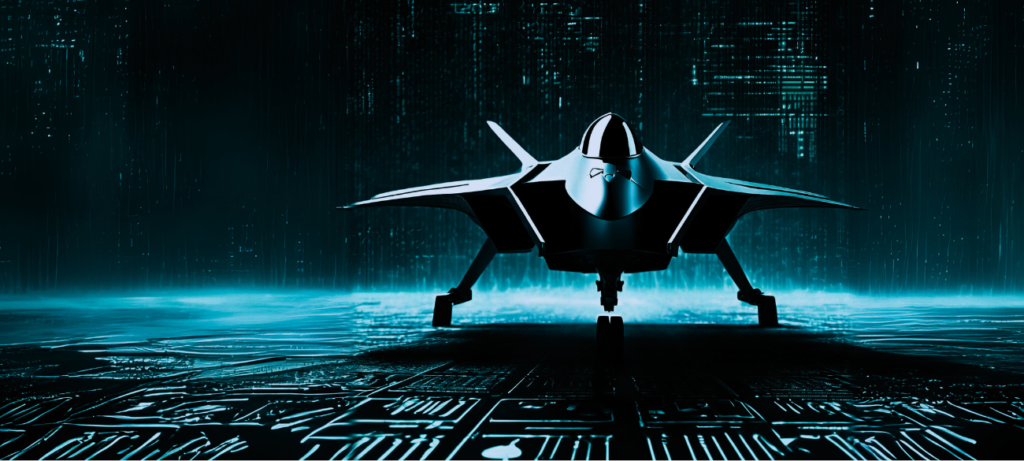The shift toward collaborative combat aircraft (CCA) will enhance capacity and resilience, but also operational complexity for air power. However, current CCA development prioritizes mission tasks over teaming dynamics. Effective CCA integration will demand human-CCA teams to be optimized by ensuring operator trust, maintaining human-in-the-loop control, and managing workload to create a reliable, attrition-tolerant force.











